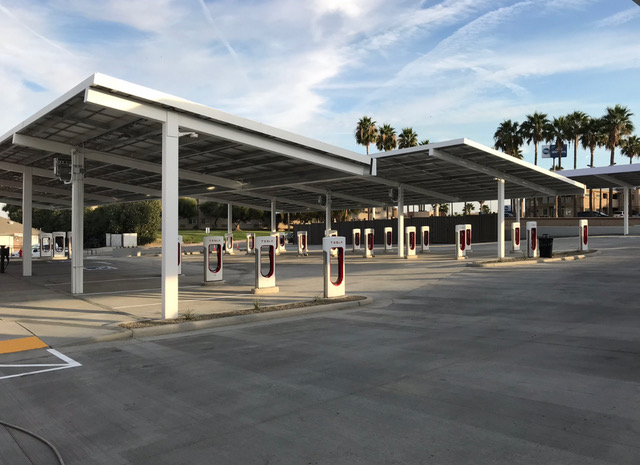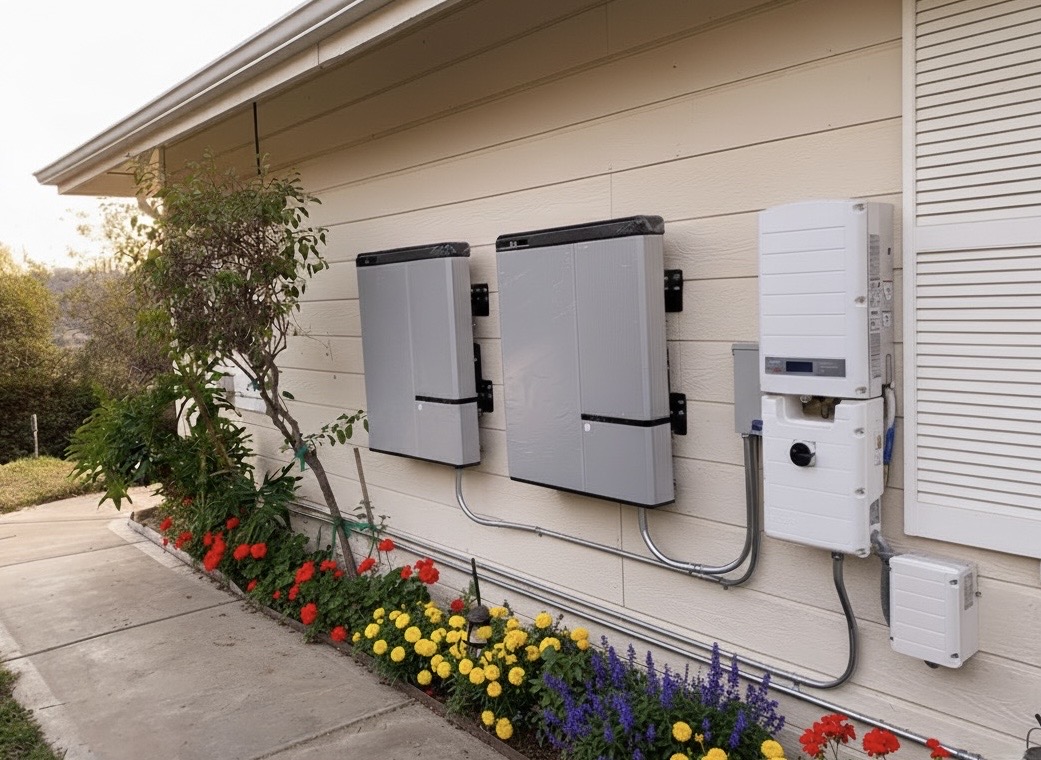Residential Data Network Av Wiring in Santa Monica
Whether you’re upgrading a family room near the Third Street Promenade, converting a garage in Ocean Park, or wiring a new condo by the Pier, we engineer solutions that deliver full ISP speeds, seamless Wi‑Fi, and cinema‑quality AV—without visible clutter. Expect expert planning, careful fishing through existing walls, and thorough testing so your network performs on day one and for years to come.
Our Work



Benefits
Residential Data Network Av Wiring in Santa Monica
Whether you’re upgrading a family room near the Third Street Promenade, converting a garage in Ocean Park, or wiring a new condo by the Pier, we engineer solutions that deliver full ISP speeds, seamless Wi‑Fi, and cinema‑quality AV—without visible clutter. Expect expert planning, careful fishing through existing walls, and thorough testing so your network performs on day one and for years to come.
Future‑ready networking
We design with tomorrow in mind: Cat6a cabling for 10 Gb/s backbones, PoE++ (802.3bt) for high‑power access points and cameras, and fiber uplinks where long runs or concrete construction demand it. Our Wi‑Fi designs leverage Wi‑Fi 6E (and Wi‑Fi 7‑ready layouts), with channel planning for 2.4/5/6 GHz to mitigate apartment interference. We standardize on modular patch panels, labeled pathways, and pull strings in conduit for easy future adds—so your network scales as streaming, gaming, and smart devices multiply.
Permits and compliance
Shaffer Construction handles the entire permitting process with the City of Santa Monica Building and Safety Division and coordinates inspections. Our installations follow the California Electrical Code (CEC), TIA/EIA-568 structured cabling standards, and NEC Articles 725, 770, 800, and 840 for low-voltage and communications. We use listed firestop systems for rated penetrations and maintain proper separation from power. For condos and HOAs, we prepare submittals and drawings that address house rules, working hours, and common-area access.
Built to last
We use professional‑grade components: Cat6/Cat6a from trusted manufacturers, shielded connectors where needed, plenum‑ or riser‑rated jackets as required, and gel‑filled/direct‑burial cable for exposed coastal runs. Outdoor terminations are protected in NEMA 4X enclosures with stainless fasteners and drip loops. Racks and panels are neatly dressed with Velcro management, strain relief, and clear labeling. Every drop is certified with a Fluke network tester so you know your cable supports the speed you’re paying for.
What We Offer
Frequently Asked Questions
What's the difference between Cat6 and Cat6a cabling for my Santa Monica home network?+
Cat6 supports up to 1 Gb/s (Gigabit) speeds reliably over 100 meters. Cat6a supports up to 10 Gb/s and is better shielded for longer runs and interference prevention. For most Santa Monica homes, Cat6 handles current needs (4K streaming, Zoom calls, gaming). However, if you're planning future upgrades, Cat6a is future-proof and only costs 15-20% more. For homes with structured wiring, PoE (Power over Ethernet) cameras or access points, Cat6a supports higher power delivery. We recommend Cat6a for new installations—it gives you 10-15 year runway before capacity concerns.
Can you run network cabling through existing walls without rewiring my Santa Monica home?+
Yes. We use fish tape and specialized tools to thread cabling through walls carefully, minimizing damage. For homes with attic or basement access, horizontal runs are easiest. For apartment condos near the Pier or Ocean Park, we plan routes using existing penetrations to avoid wall opening. Some walls (plaster, stone, historic finishes) are more challenging. We assess your home layout and recommend the least invasive approach. Older Santa Monica homes may require creative routing; modern construction is easier. Most jobs complete with minimal cosmetic impact. New construction allows clean conduit runs; renovation requires careful planning.
How do I get strong Wi-Fi throughout my Santa Monica home?+
Strong Wi-Fi requires proper access point placement, ideally on each floor or in central locations. We conduct site surveys to identify obstacles (walls, concrete, metal) that weaken signals. We recommend Wi-Fi 6E access points that use 2.4 GHz (longer range), 5 GHz (higher speed), and 6 GHz (new, less congested) bands simultaneously. Mesh systems with multiple nodes work well for larger homes or those with challenging layouts. Wired backhaul between access points (using our cabling) delivers better performance than Wi-Fi backhaul. For Santa Monica homes with apartments nearby, proper channel planning minimizes interference from neighbors' networks.
Should I install a mesh Wi-Fi system or traditional router setup?+
Mesh systems are superior for larger Santa Monica homes or those with obstacles (walls, floors, distance from router). Each node covers a zone seamlessly, with automatic roaming as you move. Traditional routers work fine for smaller homes but have dead zones and slower speeds at distance. Mesh costs more upfront but provides better coverage and reliability. For homes over 2,000 sq ft, near the coast, or with tricky layouts, mesh is worth it. We can design both approaches and recommend based on your space. Modern mesh systems are Wi-Fi 6/6E capable and integrate beautifully with smart home automation.
Can you help with smart home integration and network security?+
Yes. We work with your smart home system (Apple, Google, Amazon, Lutron) to ensure reliable connectivity. We recommend network segmentation: a separate guest Wi-Fi for visitors, a smart device network isolated from personal computers, and enterprise-grade security. We configure firewalls, set strong passwords, and enable regular firmware updates. For Santa Monica homes with valuable systems or privacy concerns, proper network security is essential. We don't provide managed security services, but we design networks that support your preferences. Consult a cybersecurity specialist for ongoing monitoring.
How quickly can you install home network cabling, and will it be visible?+
Installation typically takes 2-4 days depending on home size and routing complexity. Cabling runs hidden in walls, attics, or conduit where possible. For obvious runs (along walls, under baseboards), we use paintable conduit that blends in. Termination points (wall plates, panel locations) are planned to minimize visual impact. For renovations, we coordinate with construction to hide cabling before drywall closes. For existing homes, careful routing and concealment are priorities. Once complete, your network appears clean and organized with minimal visible infrastructure. Testing verifies speeds and coverage meet expectations.
Related Services in Santa Monica
Ready to Get Started?
Contact us today for a free consultation and quote on your electrical project!
Contact Us